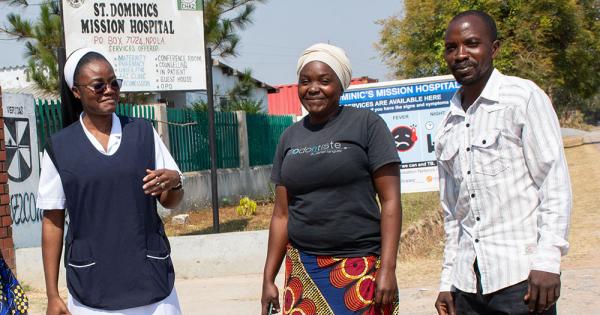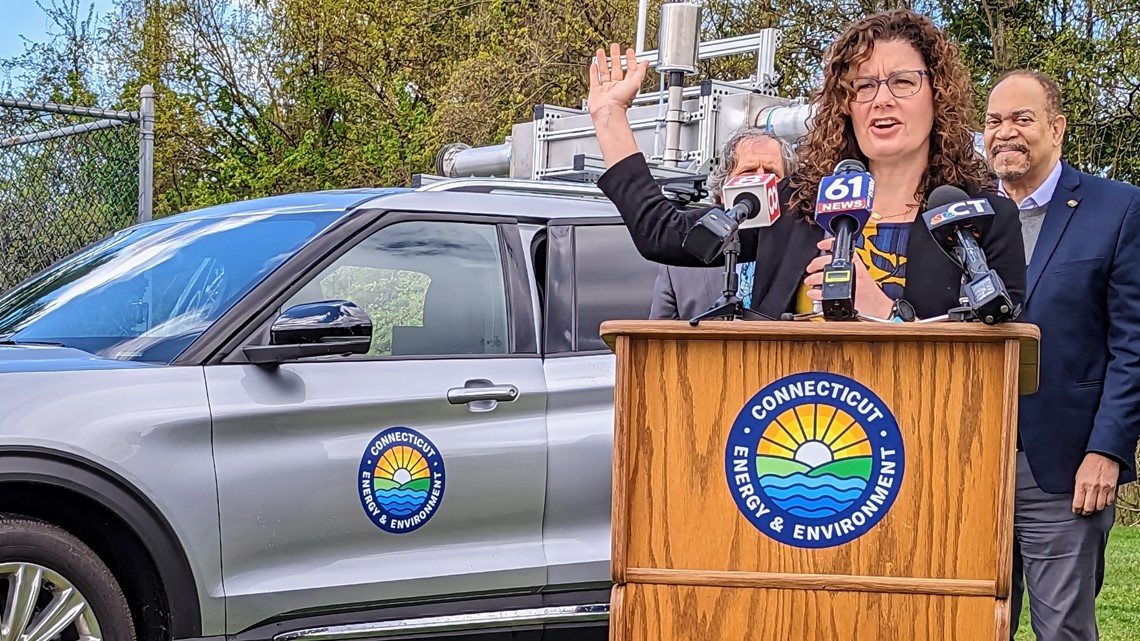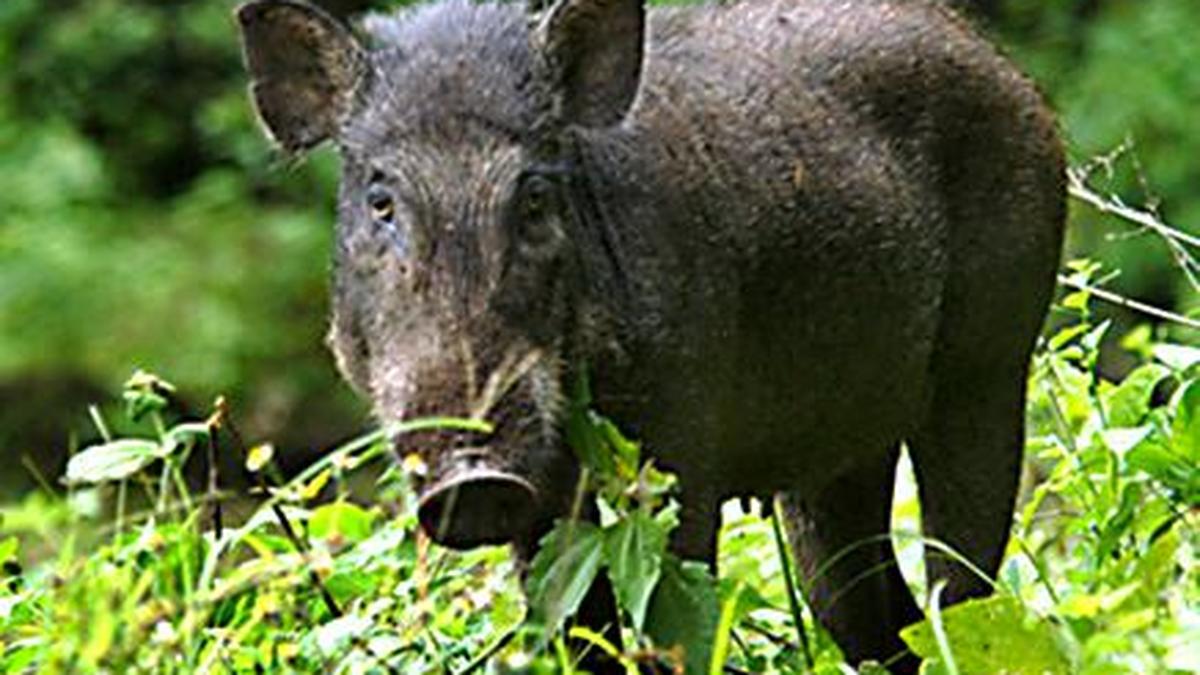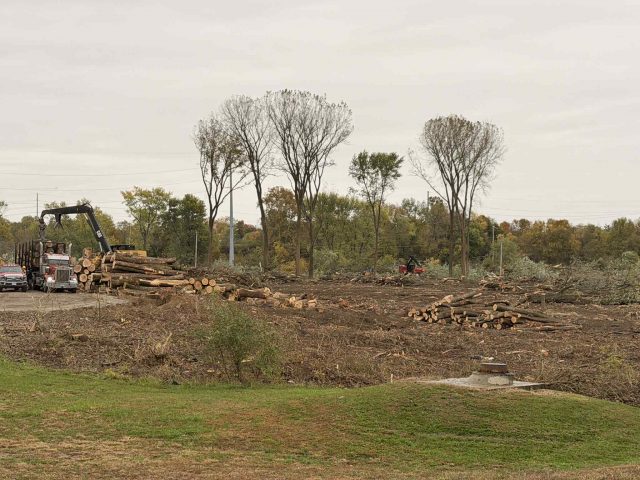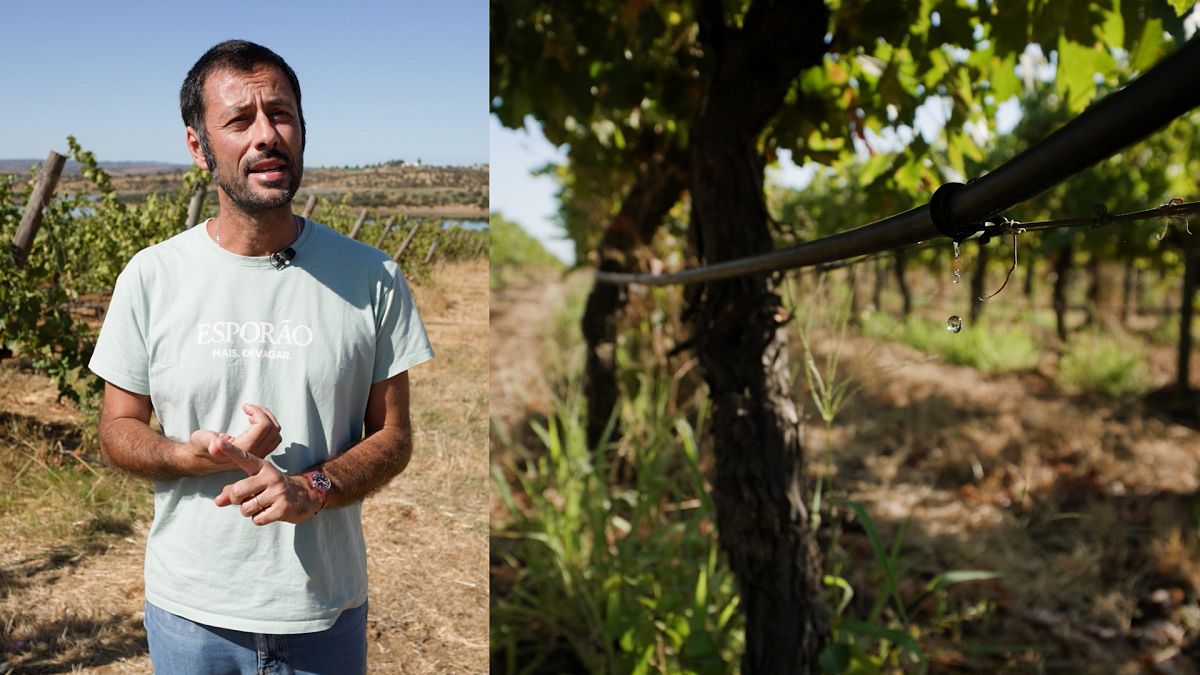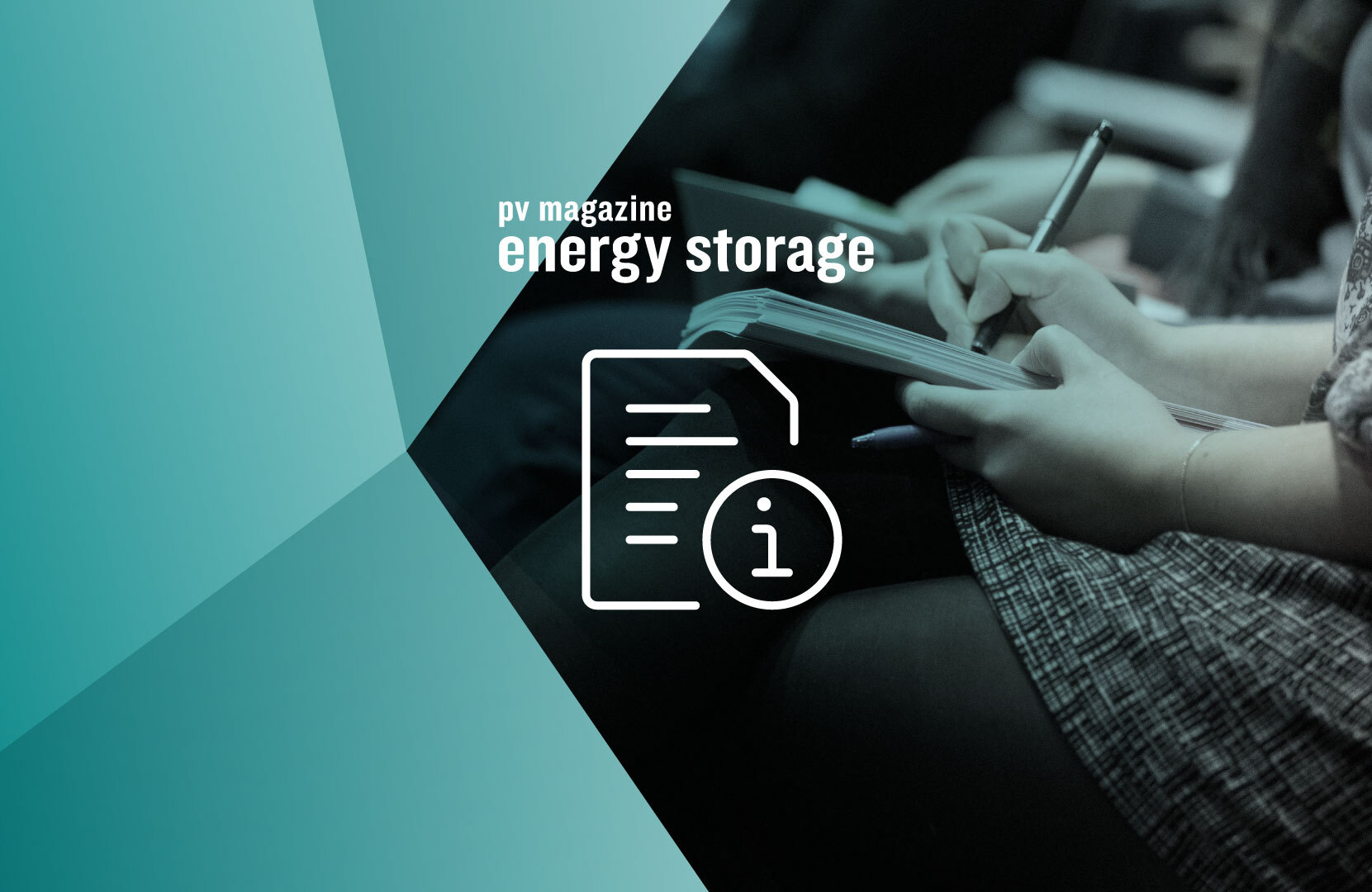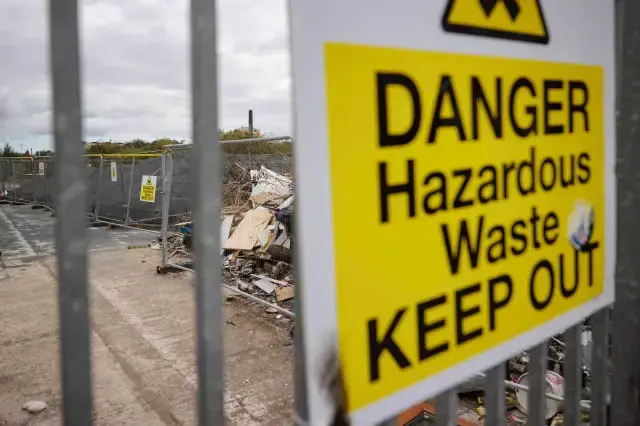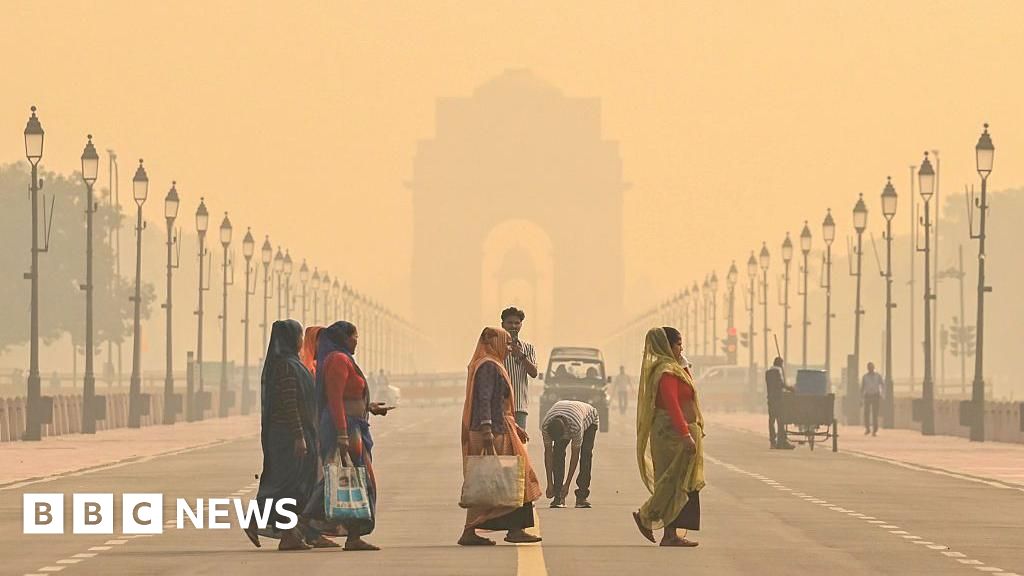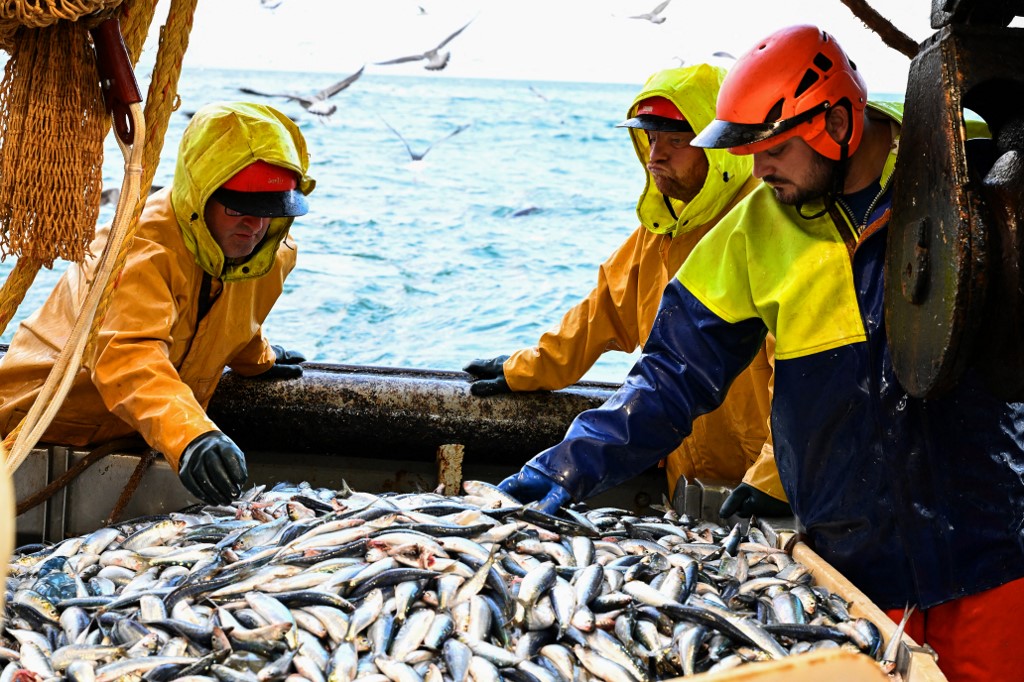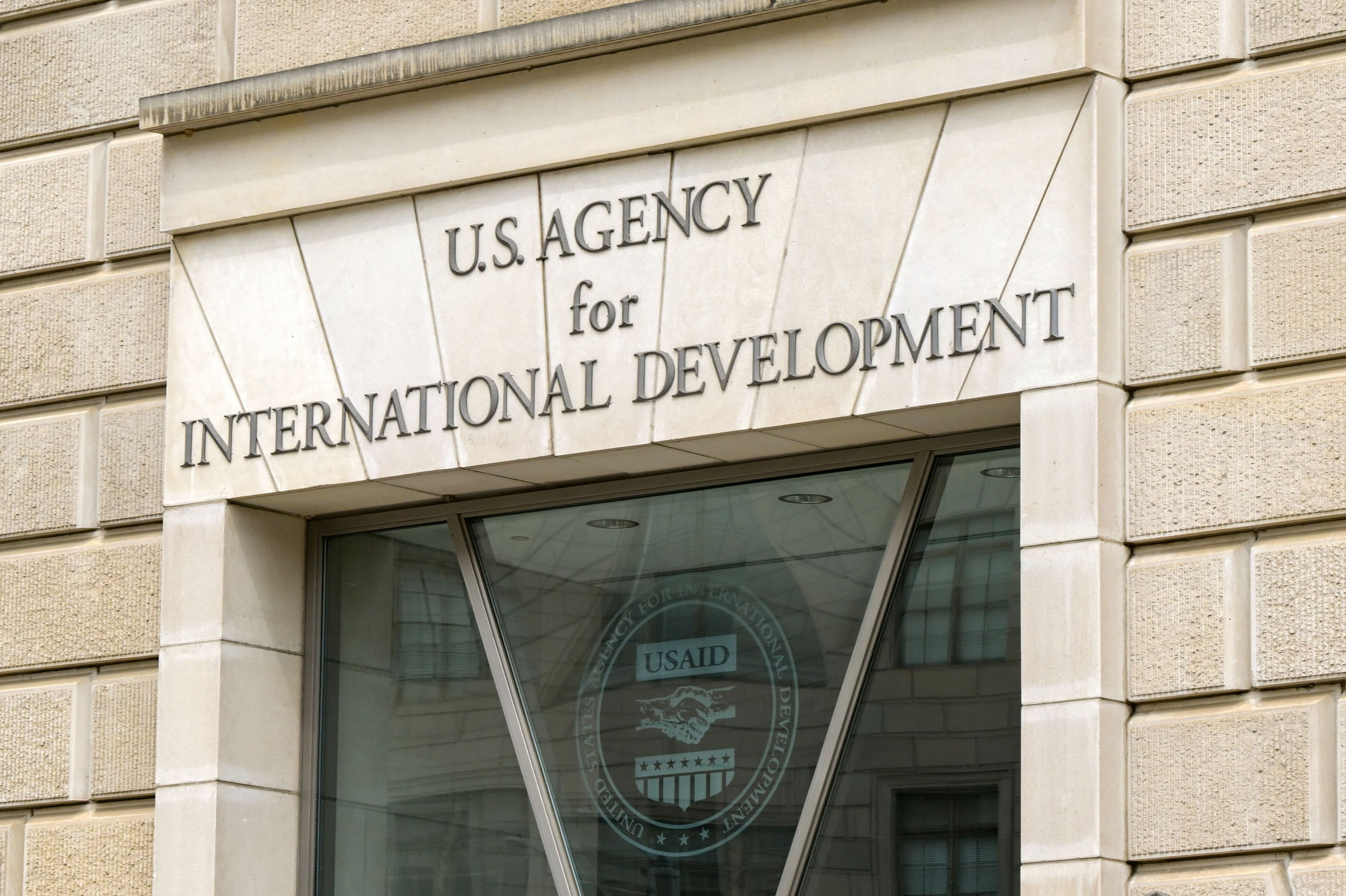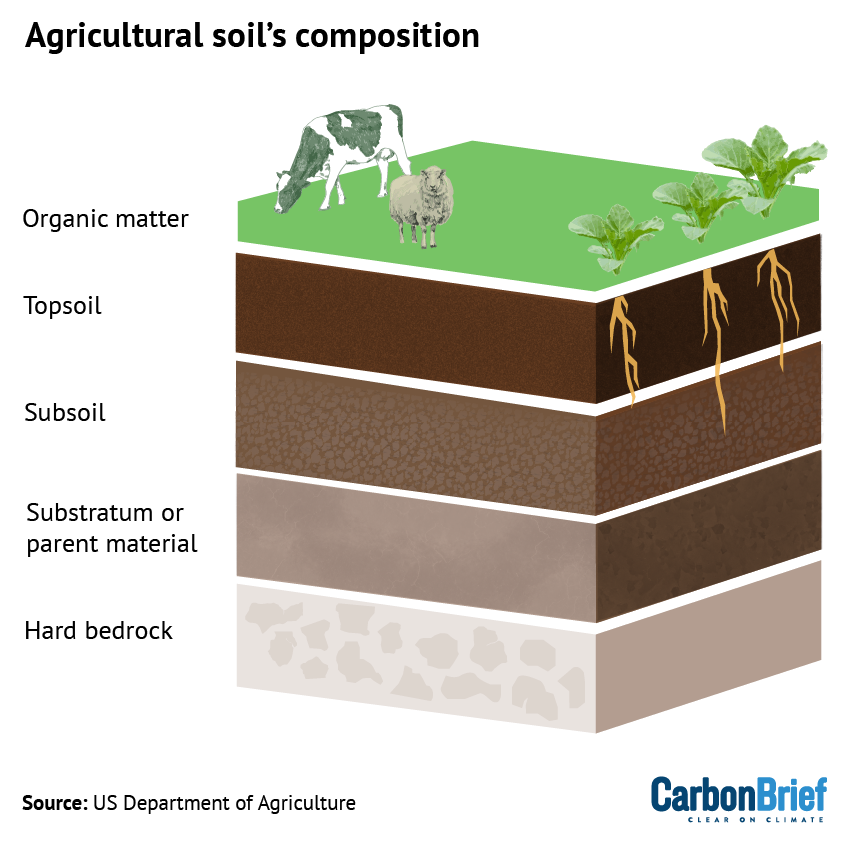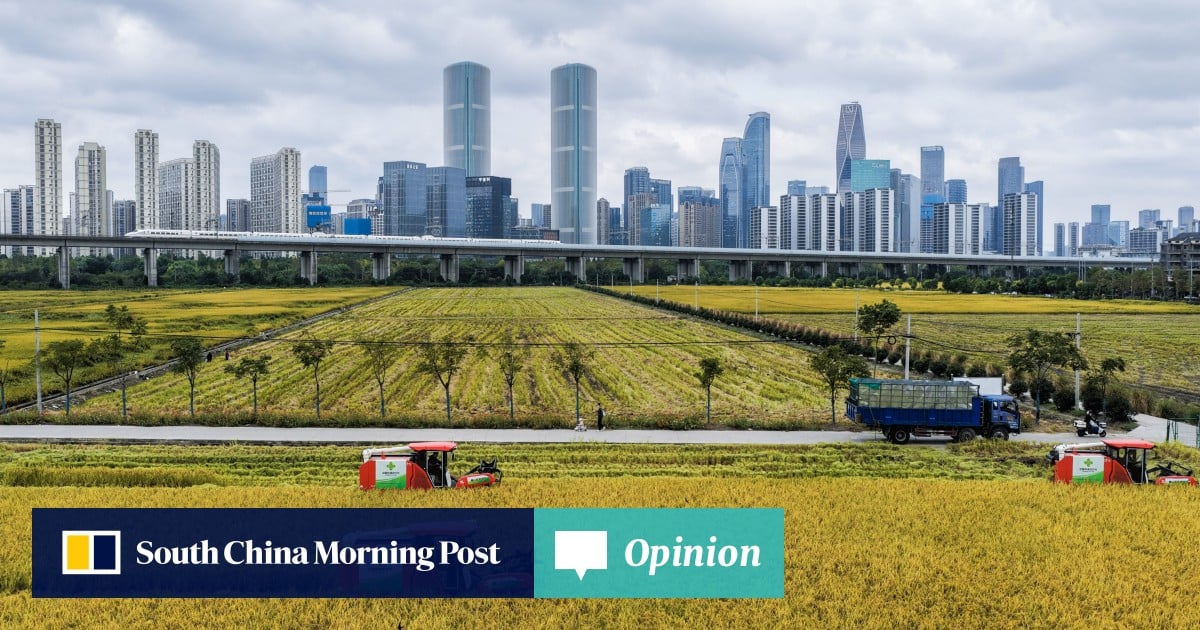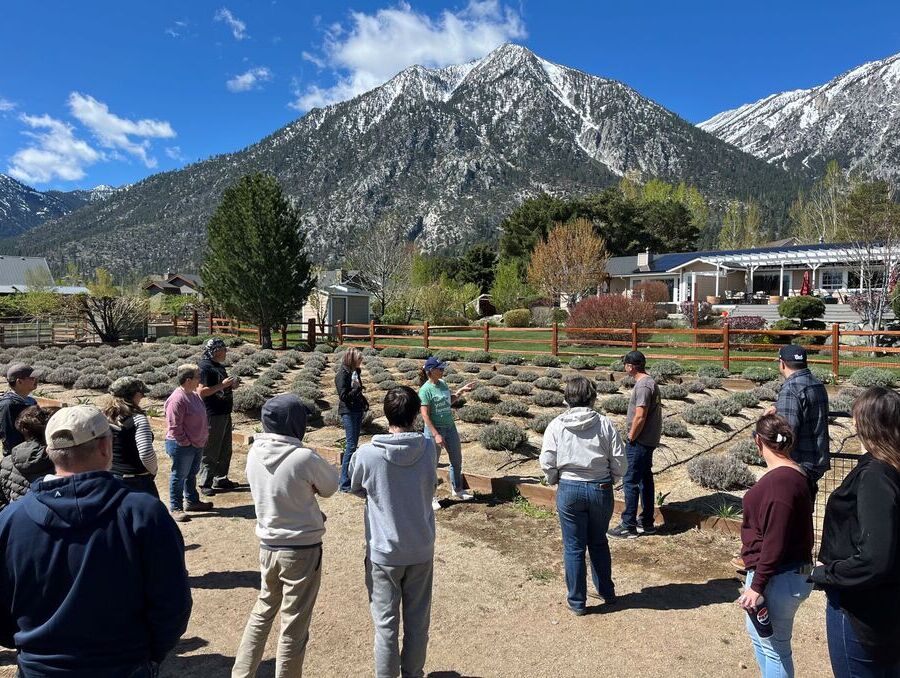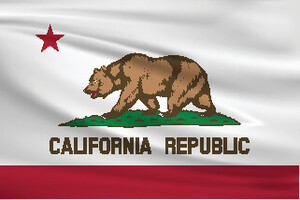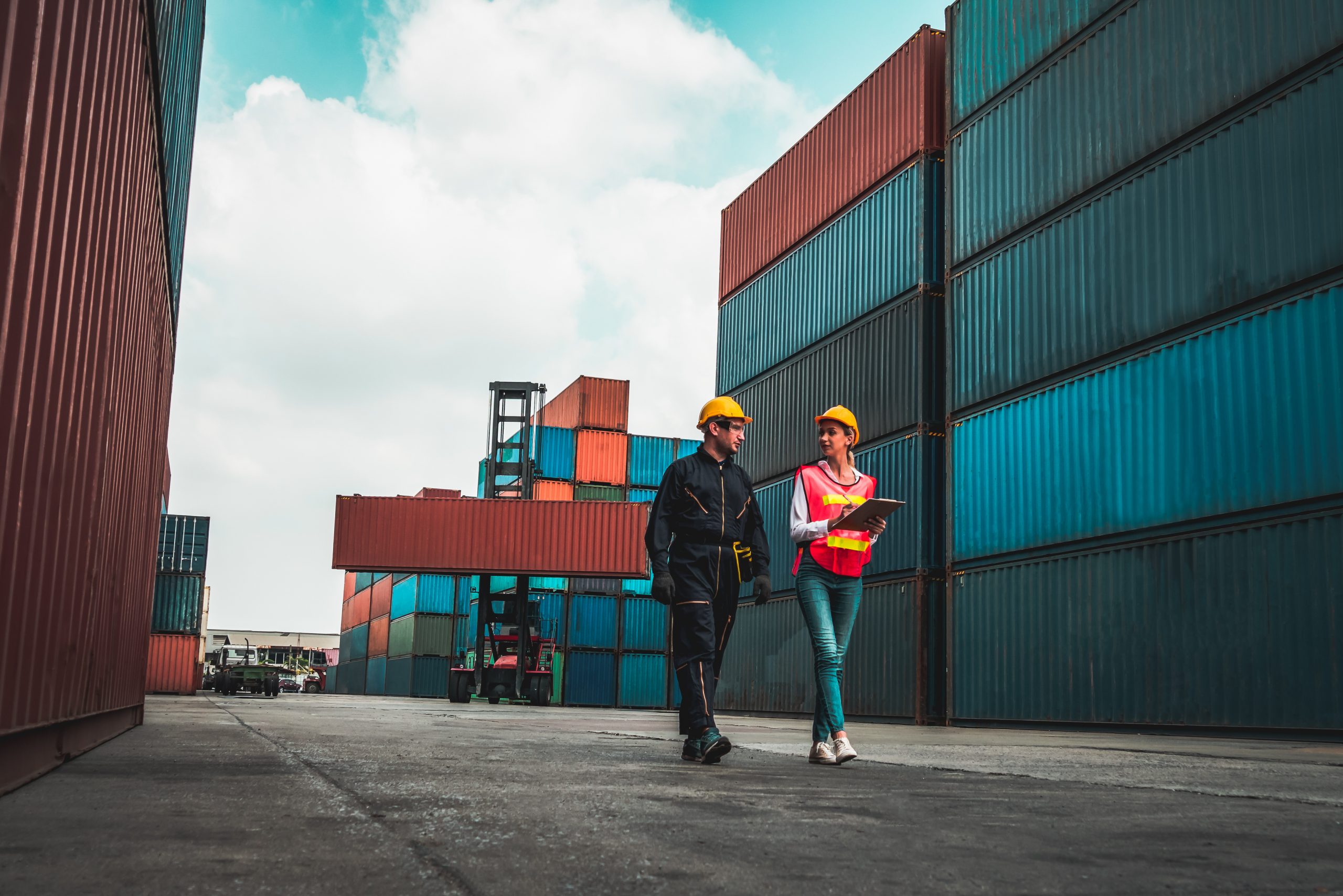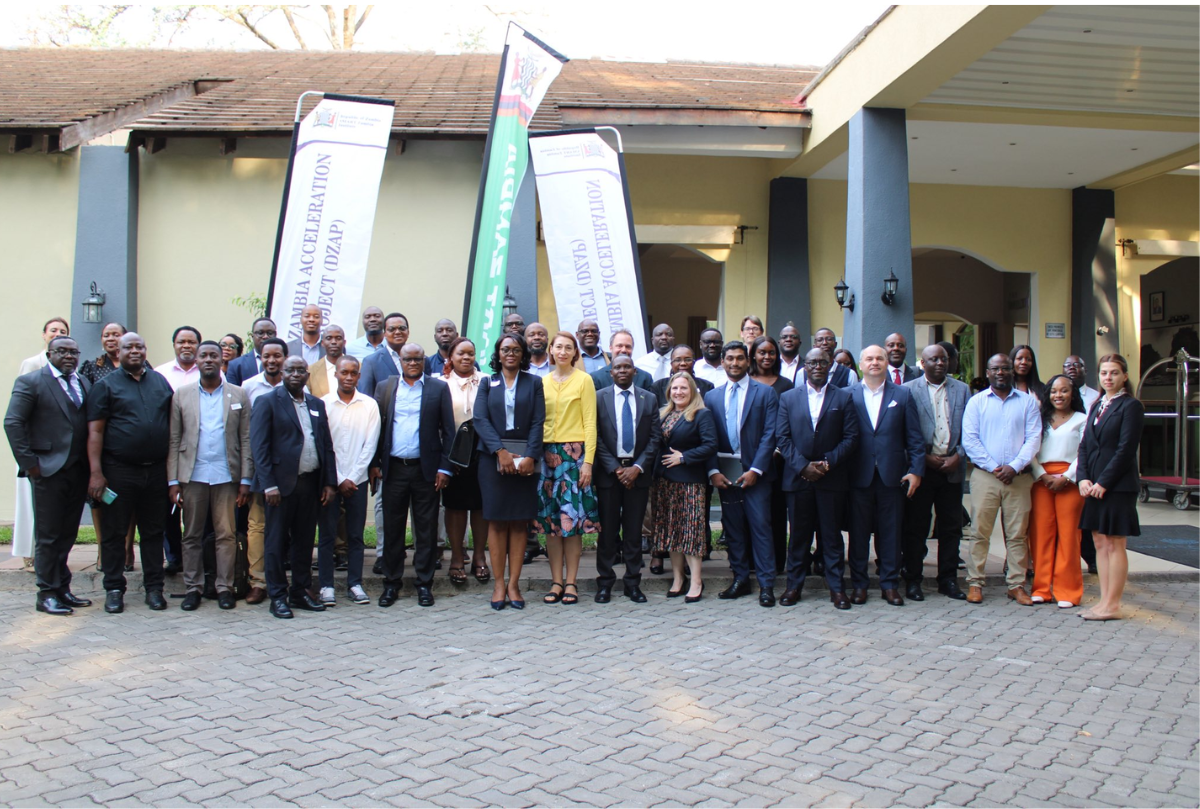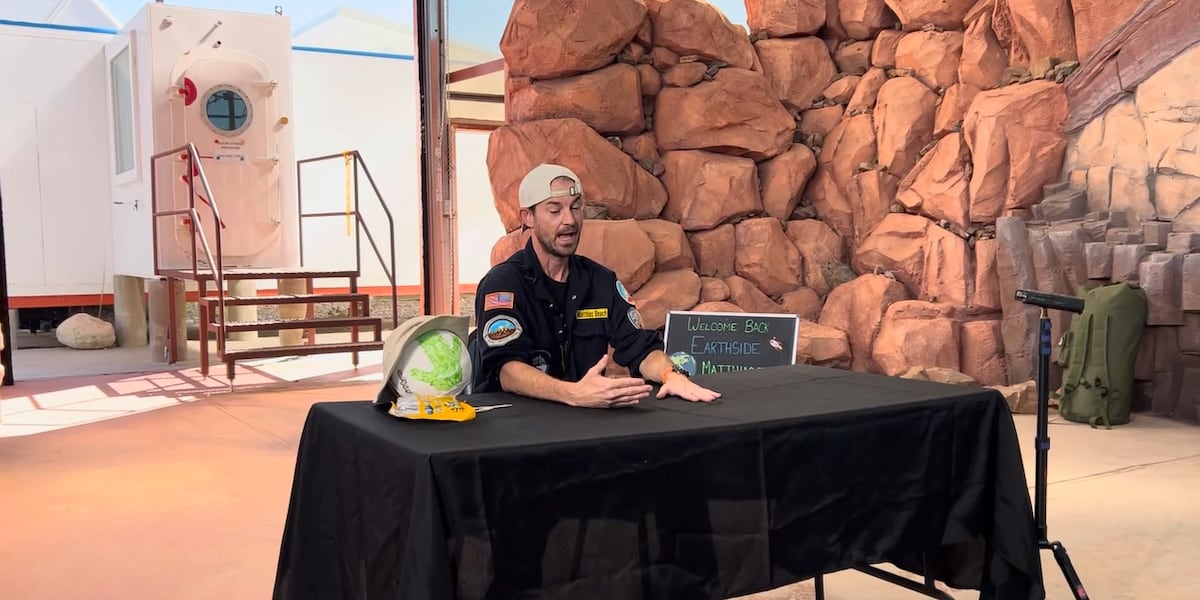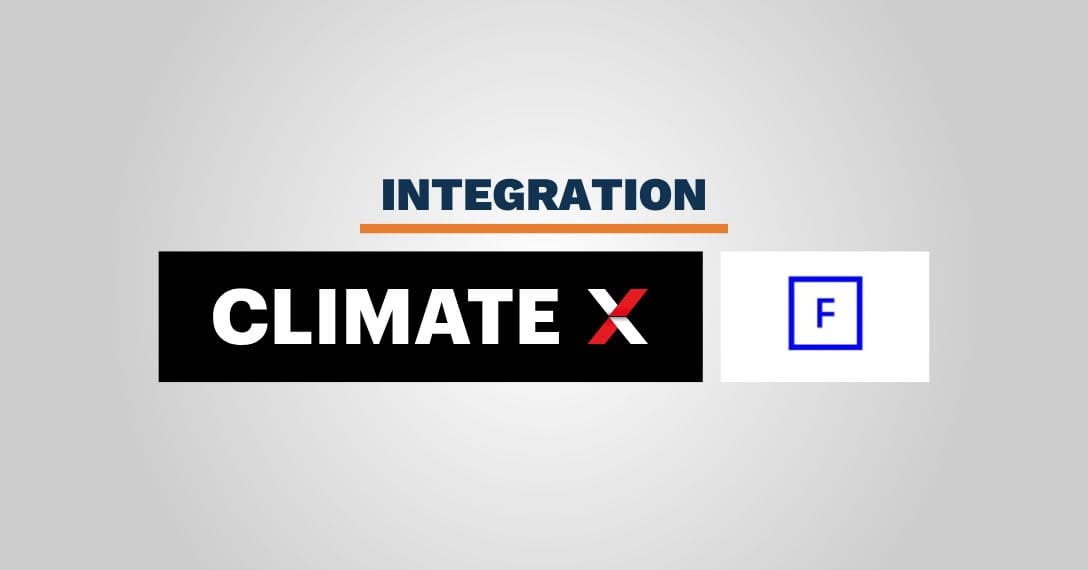Everglades Ecosystems Show Mixed Reactions to Rising Sea Levels – Yale School of the Environment

Assessment of Mangrove Resilience in the Florida Everglades Amid Rising Sea Levels
Introduction
Coastal areas are increasingly threatened by rising sea levels and salinity changes, posing risks to ecosystem stability. A multidisciplinary team of scientists, including researchers from the Yale School of the Environment (YSE), conducted an evaluation of mangrove resilience in the Florida Everglades. This study aligns with the Sustainable Development Goals (SDGs), particularly SDG 13 (Climate Action), SDG 14 (Life Below Water), and SDG 15 (Life on Land), by addressing ecosystem adaptation and carbon sequestration under climate change pressures.
Key Findings
- Increased Carbon Capture Potential: The study revealed that disequilibrium in ecosystems—when conditions are not aligned with current environmental factors—could lead to a 12% increase in carbon capture (131 metric tons annually) over the next century as scrub mangroves expand inland.
- Variable Ecosystem Responses: Scrub mangroves maintain effective carbon absorption despite rising water levels, whereas marl prairie and ecotone ecosystems show declines in carbon sequestration, with marl prairie exhibiting the highest climate debt due to limited adaptability.
Methodology
The research, published in the Journal of Environmental Management, was conducted in partnership with the Florida Coastal Everglades Long-Term Ecological Research (LTER) program at Florida International University’s Institute of Environment. The study focused on three ecosystem types:
- Marl Prairie: Grassy areas sensitive to salinity changes.
- Ecotone: Transitional zones between freshwater and saltwater environments.
- Scrub Mangroves: Salt-tolerant wetland forests.
The concept of “climate debt” was introduced to quantify the gap between current ecosystem states and their optimal adaptation to new environmental conditions.
Implications for Sustainable Development Goals
- SDG 13 – Climate Action: Enhancing carbon capture through mangrove expansion supports climate mitigation efforts.
- SDG 14 – Life Below Water: Understanding ecosystem transitions aids in preserving coastal and marine biodiversity.
- SDG 15 – Life on Land: Promoting adaptive management of terrestrial and wetland ecosystems ensures their resilience and sustainability.
Recommendations for Ecosystem Management
- Provide adequate space for mangroves to migrate inland, avoiding barriers that impede ecosystem adaptation.
- Tailor restoration and management practices to the specific needs of each ecosystem type, recognizing differing responses to sea-level rise.
- Align freshwater restoration efforts with anticipated transitions to more saline ecosystems, embracing adaptive restoration strategies.
Conclusion
The study emphasizes the importance of adaptive ecosystem management in the face of climate change, highlighting that some ecosystem transitions previously viewed negatively may represent positive restoration outcomes. These insights contribute to achieving the SDGs by fostering resilient coastal ecosystems capable of sustaining carbon sequestration and biodiversity under changing environmental conditions.
1. Sustainable Development Goals (SDGs) Addressed or Connected
- SDG 13: Climate Action
- The article discusses the impact of rising sea levels and climate change on coastal ecosystems, emphasizing the need for adaptive management and resilience.
- SDG 14: Life Below Water
- Focus on coastal and marine ecosystems such as mangroves and wetlands, which are critical habitats for biodiversity and carbon sequestration.
- SDG 15: Life on Land
- Conservation and restoration of terrestrial ecosystems like mangroves and freshwater wetlands are highlighted.
2. Specific Targets Under Those SDGs
- SDG 13: Climate Action
- Target 13.1: Strengthen resilience and adaptive capacity to climate-related hazards and natural disasters in all countries.
- Target 13.2: Integrate climate change measures into national policies, strategies, and planning.
- SDG 14: Life Below Water
- Target 14.2: Sustainably manage and protect marine and coastal ecosystems to avoid significant adverse impacts.
- SDG 15: Life on Land
- Target 15.1: Ensure the conservation, restoration, and sustainable use of terrestrial and inland freshwater ecosystems and their services.
3. Indicators Mentioned or Implied to Measure Progress
- Carbon Sequestration Rates
- The article quantifies carbon capture by scrub mangroves, noting a 12% increase (131 metric tons) annually, which can serve as an indicator of ecosystem health and climate mitigation effectiveness.
- Climate Debt
- The concept of “climate debt” is introduced as a measure of the difference between current ecosystem states and their optimum adapted states, which can be used to assess ecosystem resilience and adaptation progress.
- Ecosystem Transition and Adaptation
- Monitoring the inland movement of mangroves and changes in ecosystem types (e.g., freshwater to saline ecosystems) can serve as indicators of adaptation to sea-level rise.
4. Table of SDGs, Targets, and Indicators
| SDGs | Targets | Indicators |
|---|---|---|
| SDG 13: Climate Action |
|
|
| SDG 14: Life Below Water |
|
|
| SDG 15: Life on Land |
|
|
Source: environment.yale.edu

What is Your Reaction?
 Like
0
Like
0
 Dislike
0
Dislike
0
 Love
0
Love
0
 Funny
0
Funny
0
 Angry
0
Angry
0
 Sad
0
Sad
0
 Wow
0
Wow
0









